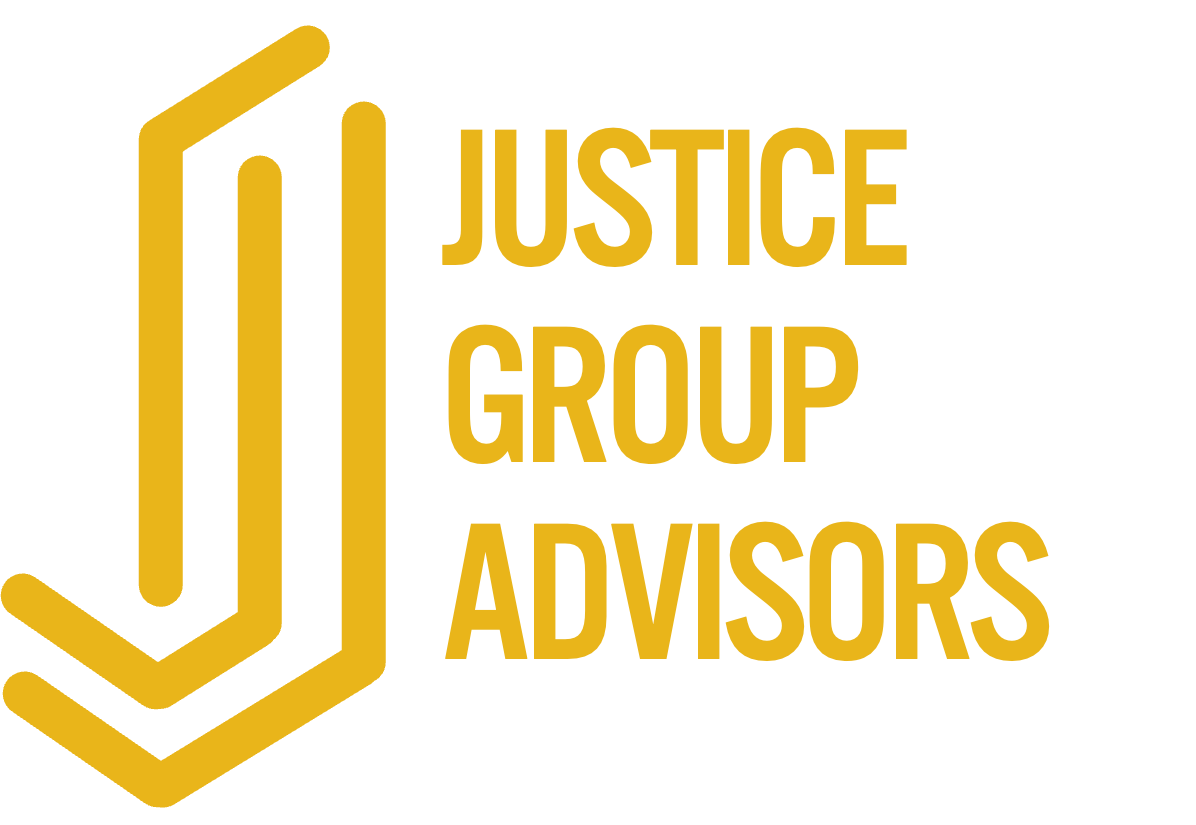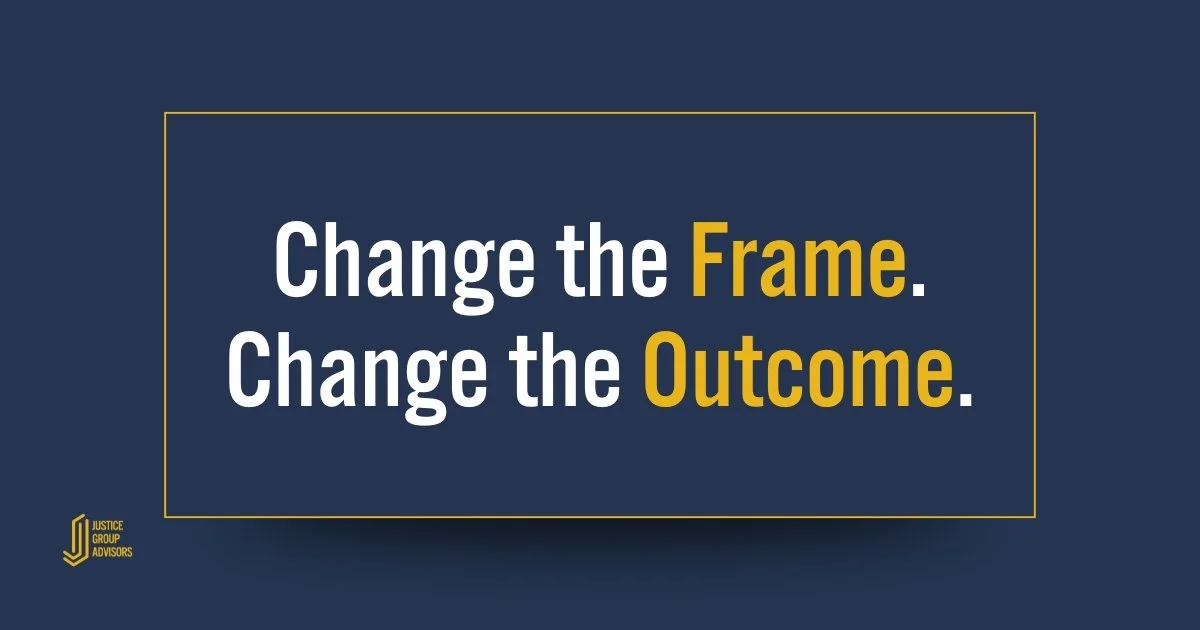A 3-Step Strategy to Improve Executive Presence—Without Losing Yourself
A practical, behavioral-science guide from an executive presence strategist for leaders who want to build presence without becoming someone else.
When someone tells you to “work on your executive presence”—but can’t explain how—it feels like being handed a riddle with no answer key.
You're left guessing what to change. And the stakes feel high: if you ask for clarity, it might confirm their doubt. (After all, if you're in a leadership role—or aspiring to one—shouldn’t you already know what that means?)
If you’re looking for a clear, practical framework from an executive presence strategist—not vague advice—this guide breaks the work into visible behaviors you can practice immediately.
But executive presence isn’t charisma. It isn’t polish. It isn’t a persona.
It’s visible behavior that shapes how people experience you in moments that matter.
And you can build it—without acting like someone else.
What Executive Presence Really Means
Presence isn’t just what you do.
It’s how others experience you.
Leaders with strong presence tend to project steadiness, intention, and command of the moment. They know when to lean in. When to pause. When to widen the conversation—and when to narrow it.
Here’s where capable leaders get stuck:
They assume “executive presence” means acting like some idealized leader they once worked with. Louder. More commanding. More polished.
That move backfires.
Because the more you imitate someone else’s style, the less your actual leadership comes through.
One of the biggest misconceptions about executive presence is the belief you have to become someone you’re not.
The opposite is true.
The most trusted leaders double down on who they are—and get more deliberate about how they signal it.
As one client put it:
“Angela’s coaching offered a path to leadership growth that didn’t ask me to set aside my principles or way of thinking—something I hadn’t expected, but was grateful to find.”
—DL, R&D Executive, Biotech
If you try to adopt a version of leadership that doesn’t feel like you, it won’t hold.
In high-pressure moments, you’ll fall back to what’s natural—and the gap becomes obvious. That mismatch erodes trust.
Sustainable presence doesn’t come from mimicry. It comes from intentional behavior, grounded in your actual strengths.
Executive Presence Case Study: How One Shift Changed Everything
One of my clients—let’s call her Danielle—was told by her CEO to “work on her presence.”
She took it seriously. Sat up straighter. Polished her language. Took up more space.
Nothing changed.
And she didn’t want to ask what her CEO meant—she worried that asking would prove she didn’t have it.
When we ran a 360, the pattern was clear:
She always seemed rushed.
Jumping in. Solving fast. Moving faster.
What she saw as efficiency was coming across as reactivity.
And it undercut her credibility. Her team didn’t have room to think because she filled every gap—instantly.
So we tried one behavioral shift:
Before every meeting, she paused—three breaths, one intention.
That pause changed how people experienced her.
She listened more. Spoke with more intention. Her team contributed more.
And she stopped being the bottleneck.
Her presence changed—because her behavior did.
A 3-Step Executive Presence Strategy That Actually Works
This is how I coach presence:
Not with personality makeovers, but with a behavioral lens.
Small, observable shifts that compound over time.
Try these three steps.
1️⃣ Ask for Behavioral Feedback
Reach out to 5–10 people you work closely with. Ask:
When have you seen me demonstrate strong executive presence?
What specific behaviors undermine it?
You’re not asking about your personality.
You’re asking about what they experience.
2️⃣ Spot the Patterns
What do you hear?
Do you talk fast when stressed?
Hold back when senior leaders are in the room?
Interrupt or jump in too quickly?
Use qualifiers that dilute your message?
Notice the themes—not through judgment, but through data.
3️⃣ Pick One Behavior to Practice
Choose one. Keep it small and repeatable.
If you rush: pause for three breaths before every meeting.
If you overtalk: count to three before responding.
If you hold back: contribute at least once per meeting.
Track it for two weeks.
Then ask people what they’re noticing.
This is how presence becomes visible.
Why Leaders Work With an Executive Presence Strategist
You can absolutely build presence on your own.
But when feedback is vague—and the moment you’re stepping into has consequences—it helps to work with someone who can translate perception into behavior.
I work with leaders preparing for broader scope, more visibility, or situations where their voice shapes outcomes.
My approach integrates behavioral science, leadership psychology, and real-world executive experience.
Executive coaching can help you get unstuck. Here's what you need to know about coaching and when to invest.
If you want support strengthening how you show up—on your terms:
Let’s talk. Schedule a consultation.
Frequently Asked Questions About Executive Presence
What is executive presence?
Executive presence is visible behavior that shapes how people experience you in high-stakes moments. It's not charisma or polish — it's how you signal steadiness, intention, and command when it matters. Leaders with strong presence know when to pause, when to widen the conversation, and when to narrow it.
Can you build executive presence without changing who you are?
Yes. The most effective approach doesn't require personality makeovers. It's about identifying specific behaviors that undermine your presence (rushing, over-talking, holding back) and replacing them with intentional alternatives. You become more deliberate about signaling your strengths, not imitating someone else's style.
How long does it take to improve executive presence?
Most leaders see perception shifts within 2-4 weeks of practicing one specific behavior change consistently. Sustainable presence takes 3-6 months of deliberate practice, feedback, and refinement.
When should I work with an executive presence strategist?
Consider working with a strategist when feedback is vague ("work on your presence"), when you're preparing for broader scope or visibility, or when the gap between your expertise and how others perceive you is costing you influence.
About the author
Angela Justice, PhD, is an executive coach and strategist who works with leaders preparing for bigger roles, broader scope, or moments where their voice shapes outcomes. Her work integrates behavioral science, leadership psychology, and real-world executive experience.





In high-stakes conversations, authority isn't just about what you know—it's about how clearly you help others act on it. The Rule of Three is a communication framework that helps executives demonstrate synthesis, control attention, and build confidence in boardrooms, investor calls, and critical decisions. Here's why threes work, how leaders lose clarity under pressure, and a practical structure you can use immediately.